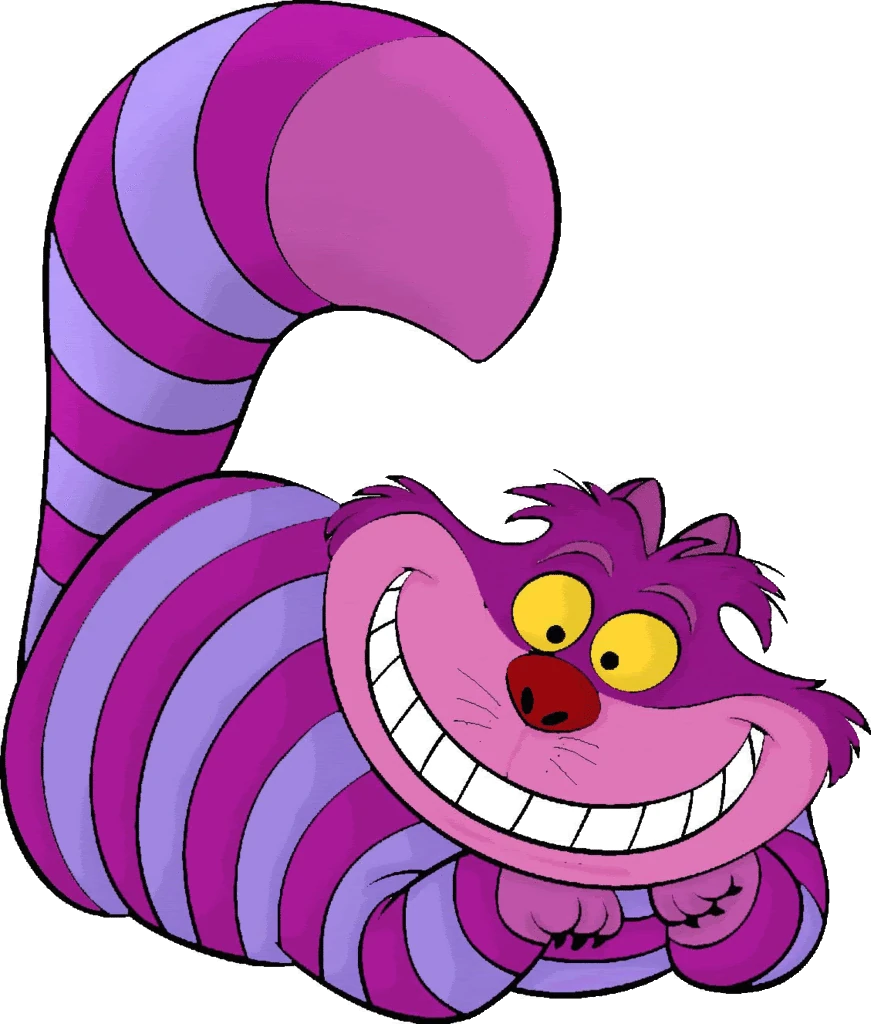
The trickster is a hard archetype to pin down, and honestly they like it that way. So for this week let’s try to look past the trickster’s antics and find out why they do what they do!
Index
What, Where, Why
History Lesson
Good, Bad, and Ugly
Example Time
What, Where, Why
The trickster is an archetype that is more common in myth than in modern fiction, but it still shows up often enough to enter our discussion. Tricksters, as the name implies, live to subvert expectations and deceive those around them. This is almost always accompanied by a supernatural ability to modify the world around them to suit their pranks; how malicious or benign is up to the individual.
Some good examples of the trickster include:
 Zoroark, from the Pokemon franchise
Zoroark, from the Pokemon franchise Q, from the Star Trek franchise
Q, from the Star Trek franchise The Mask, from The Mask movies
The Mask, from The Mask movies Bugs Bunny, from the Looney Tunes franchise
Bugs Bunny, from the Looney Tunes franchise The Cheshire Cat, from Alice in Wonderland and its adaptations
The Cheshire Cat, from Alice in Wonderland and its adaptations
The trickster’s purpose in the narrative is, appropriately enough, far more fluid than most of our previous archetypes. Many tricksters are heroes or villains in their own right, while others act as a different kind of mentor. But good or bad, a trickster’s purpose is often to break up the narrative flow and disorient the audience.
History Lesson
While tricksters are common in mythology and folklore, one of the most popular and well known is Coyote of Native American traditions. He was alternately a creator deity in his own right or merely stealing that title from the true creator deity, whose name was too taboo to use in most circumstances anyway.
The trickster is also a common trope employed in African-American writings, such as those of Henry Louis Gates, Jr. In these, the trickster monkey would trick and beguile his master, the lion, using figurative language, which was itself meant to be connected to the real-world struggles of African-Americans in the 1980’s.
Good, Bad, and Ugly
The best tricksters are often those that give the reader pause and reason to enjoy them. They break up the universe and the narrative in a way that gives the readers a break from the seriousness or linearity of it. When done well, their antics are just so weird that the audience gives up trying to make sense of it, and just goes along with it on basis of absurdity.
A bad trickster, by contrast, is one who brings too much attention to himself to the detriment of the narrative. Sure, for many heroic or villainous tricksters, the narrative is already about them. But for characters like the Alice in Wonderland’s Chesire Cat or Gunnerkrigg Court’s Coyote, they aren’t the focus of the story, and their antics do not overpower the whole of the narrative, just those scenes where they’ve been given the spotlight, and even then they give way to the story’s main characters. Meanwhile, a character like Larry from Teen Titans dominated the narrative from his arrival, annoying both the characters in the work and the audience outside of it.
Example Time
“Oh, and what are you doing here, I wonder?” I cooed from my perch in the rafters.
The girl turned, glaring in my direction and shining the flashlight on me. I arched to another rafter, just out of reach. No, there should be some buildup before she fully comprehends my form.
“Are you lost, or…” I jumped down, and she jumped slightly, turning again to see me. I was already behind her, and I grinned to myself. I flicked my tail as I pressed close to my back.
She was paralyzed.
“… are you looking for something?” I finished, and only now did she see the hole I’d drawn on the floor beneath her. I started to flex my magic into it, and she turned to face me again, this time pouring a container of salt in a circle around her.
“Oh, you are a clever girl.”
“Now tell me what I want to know.”
